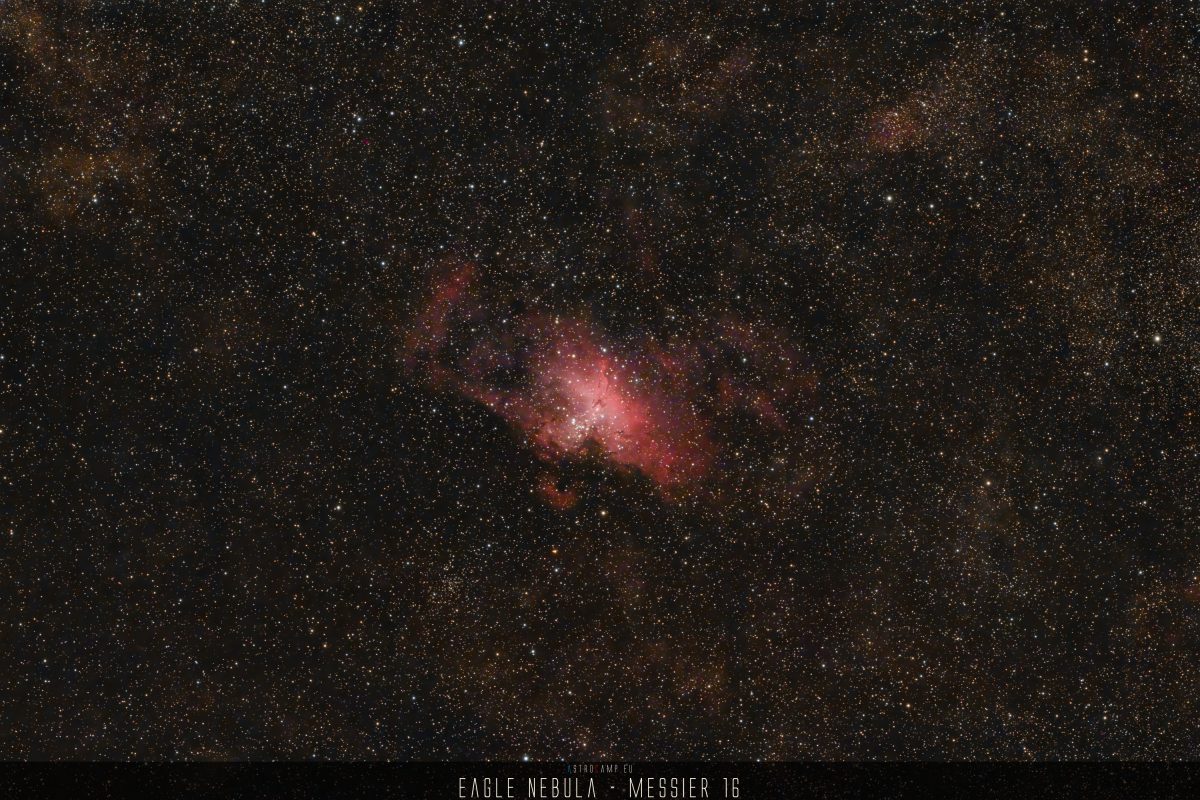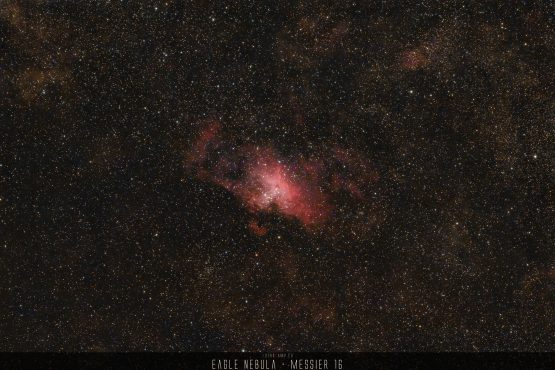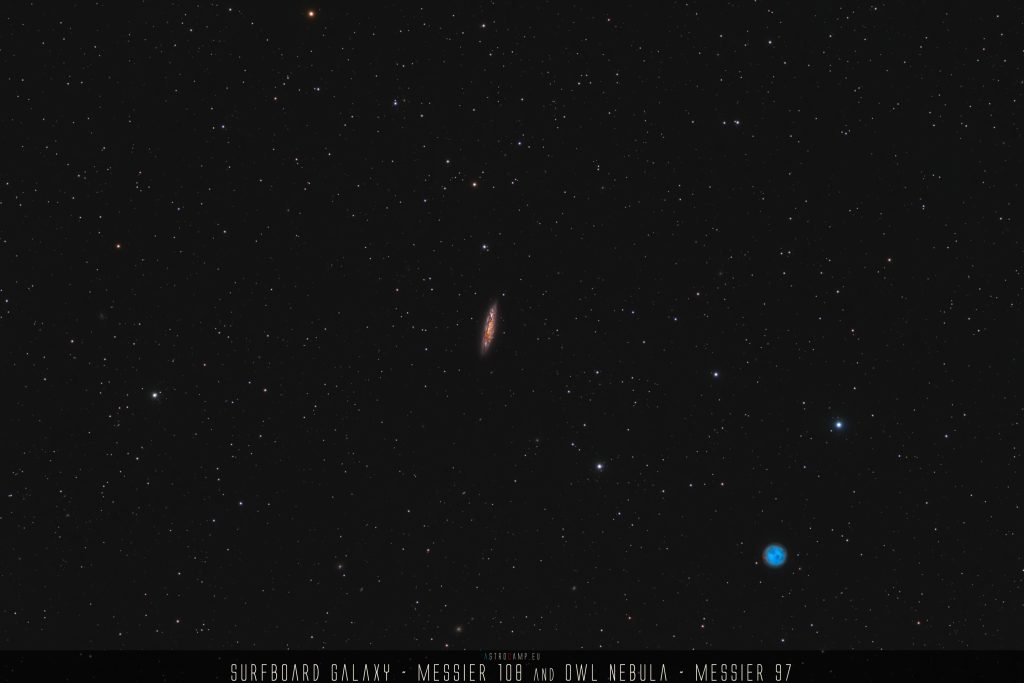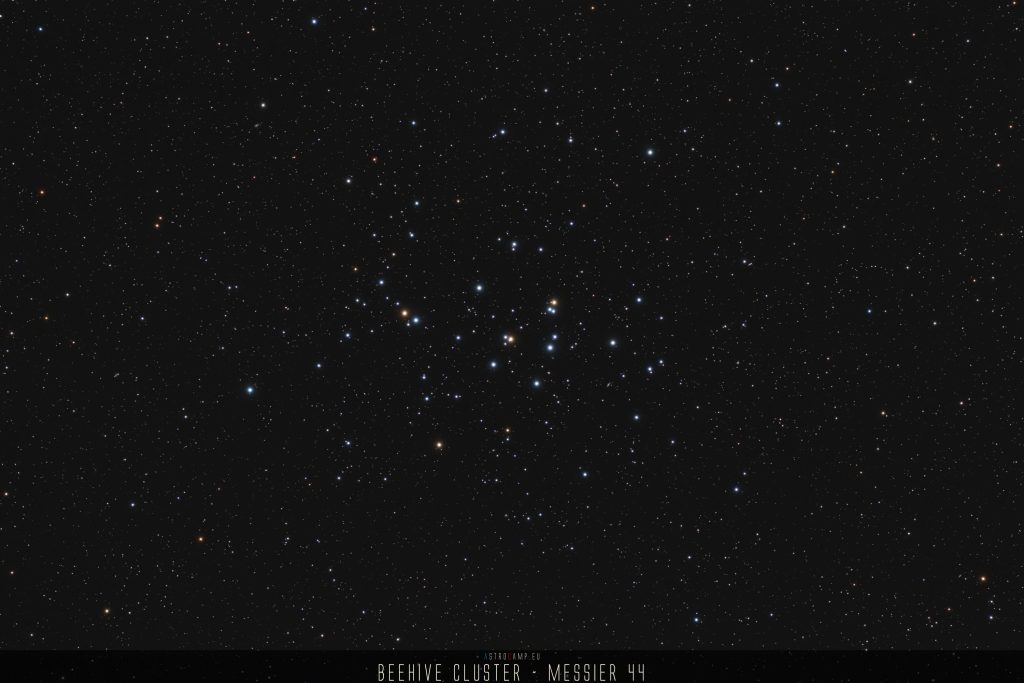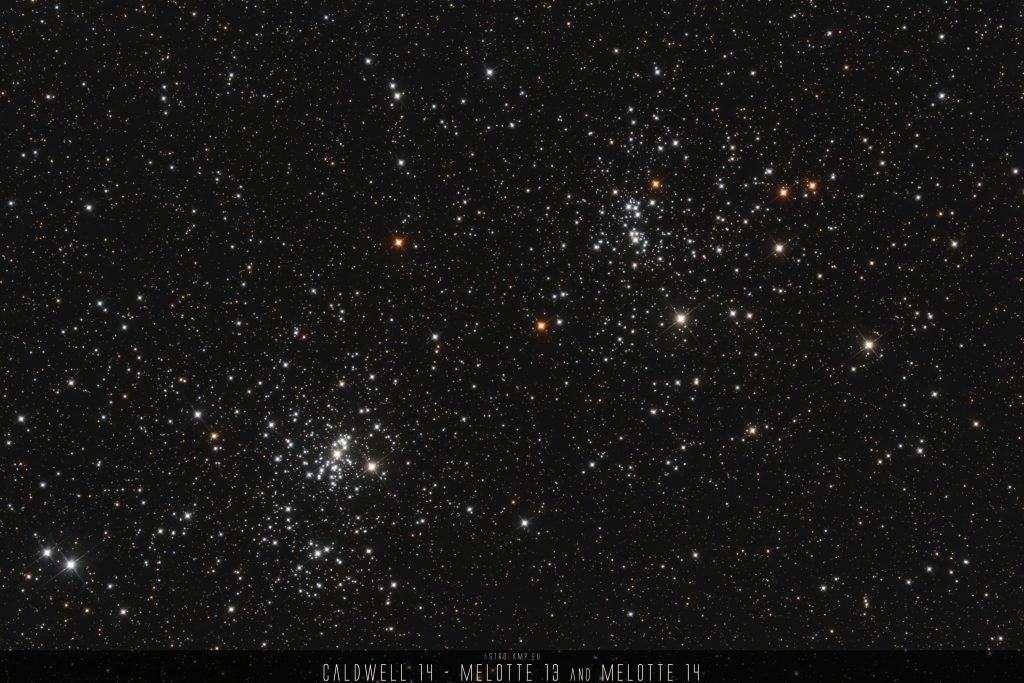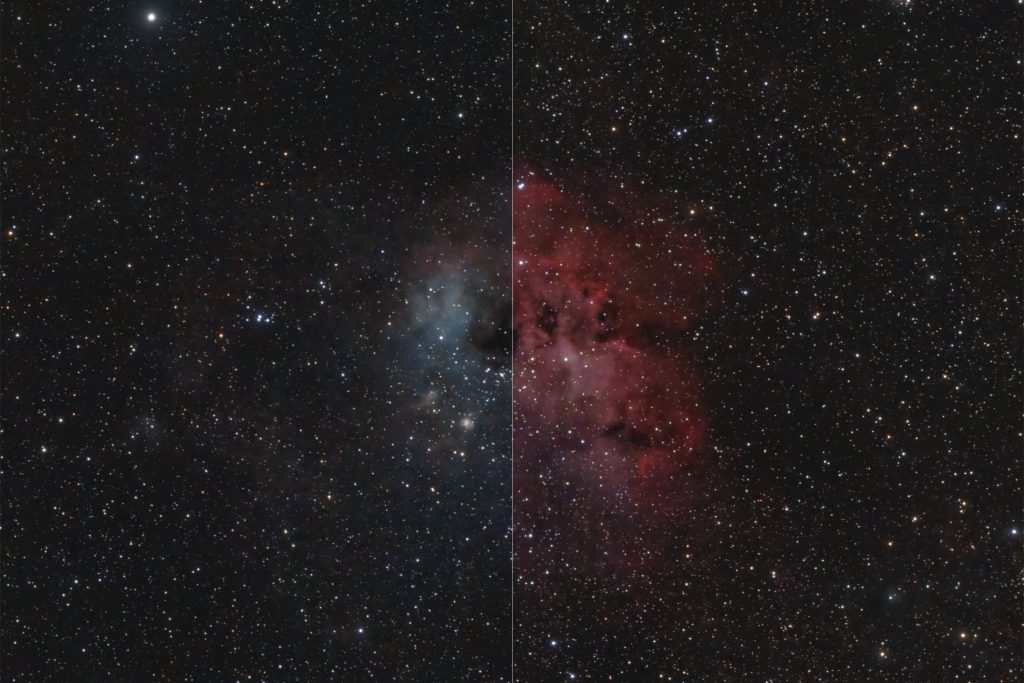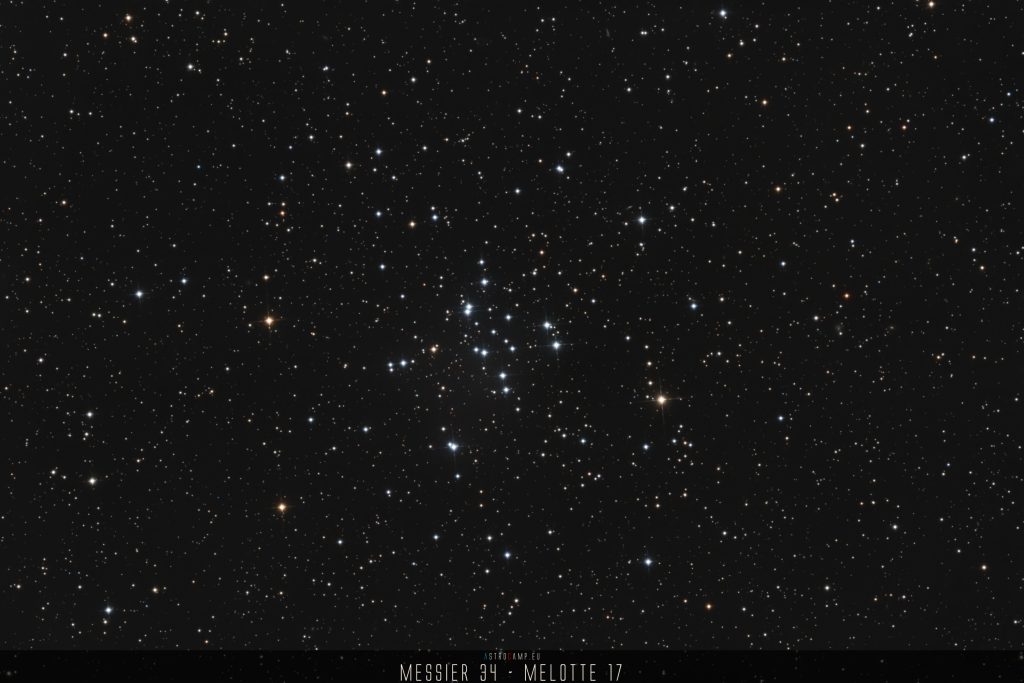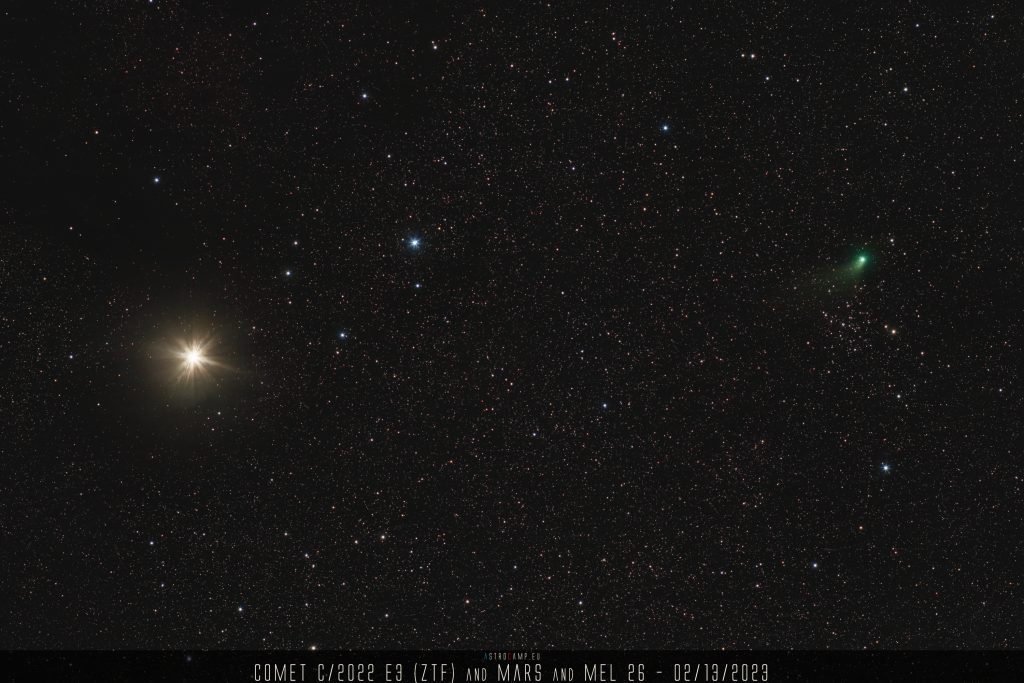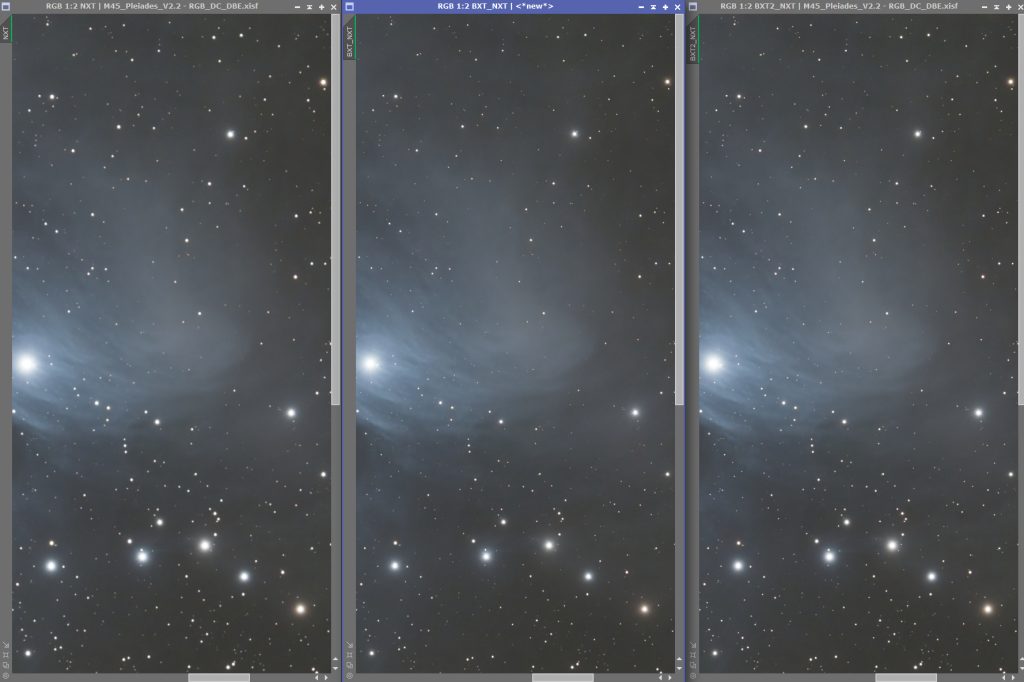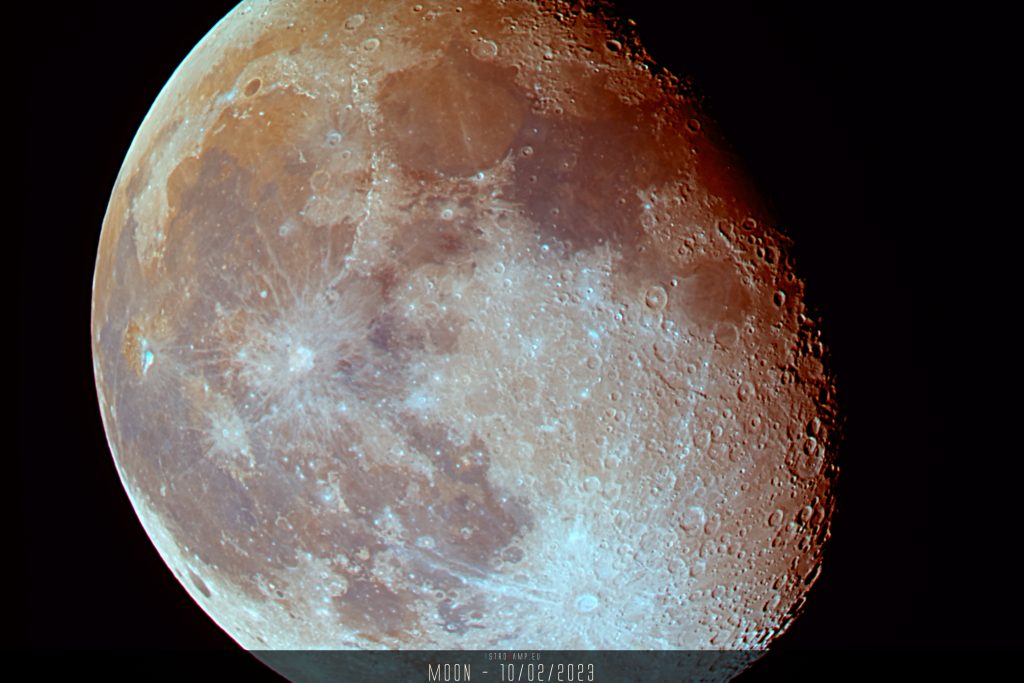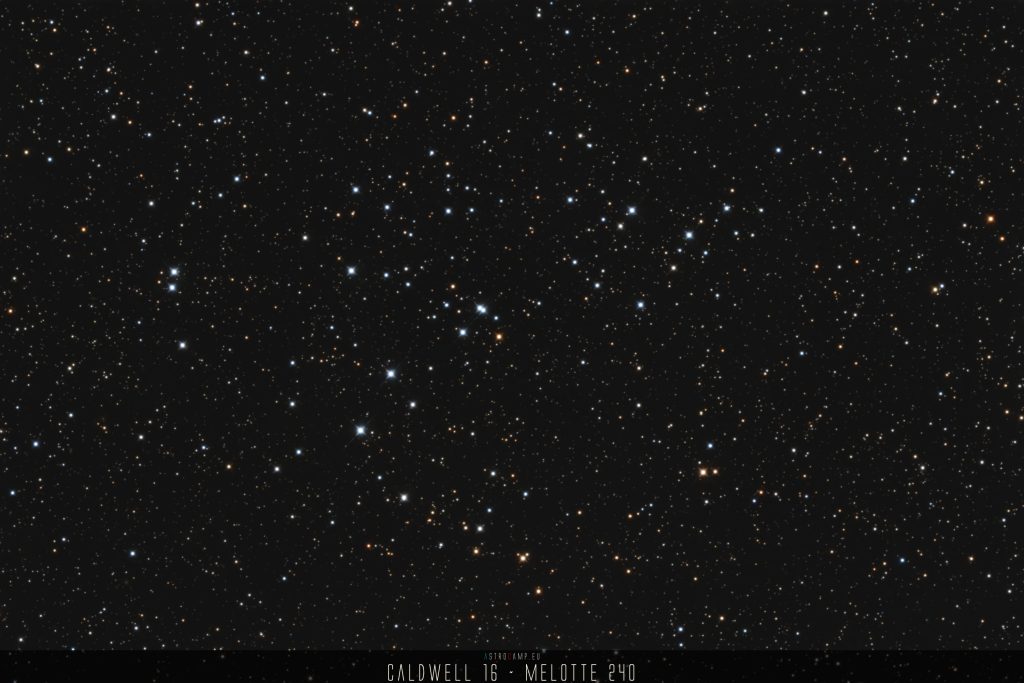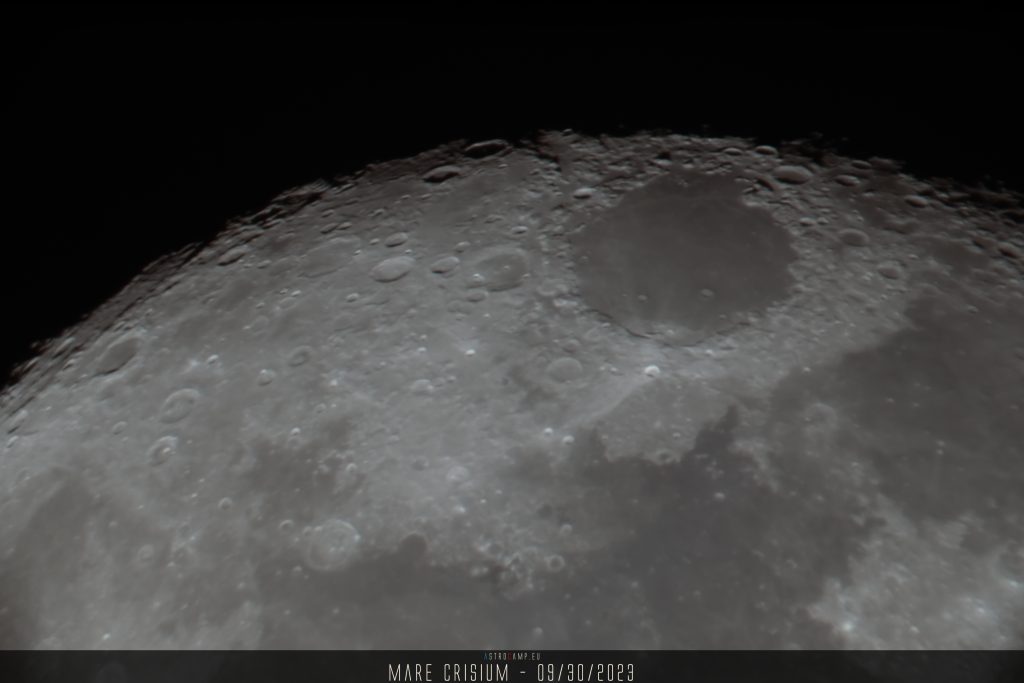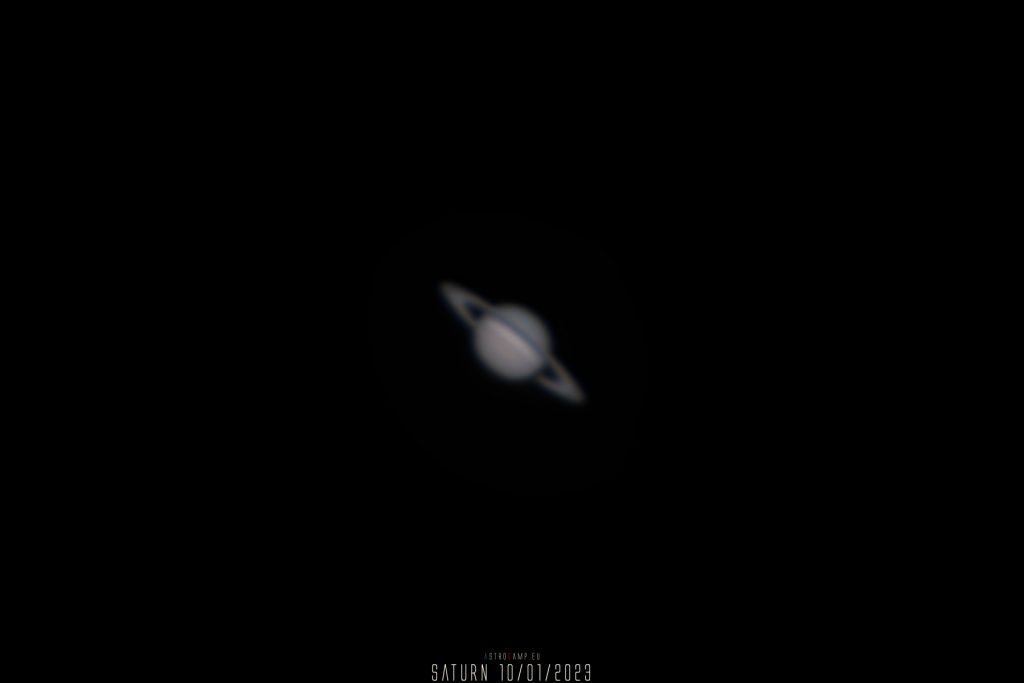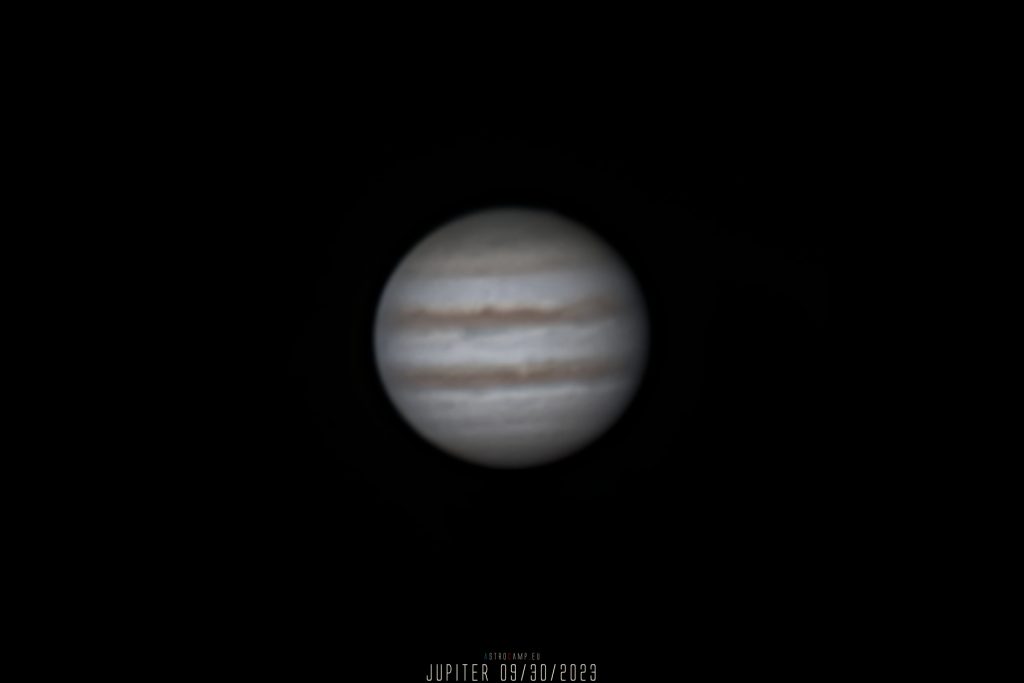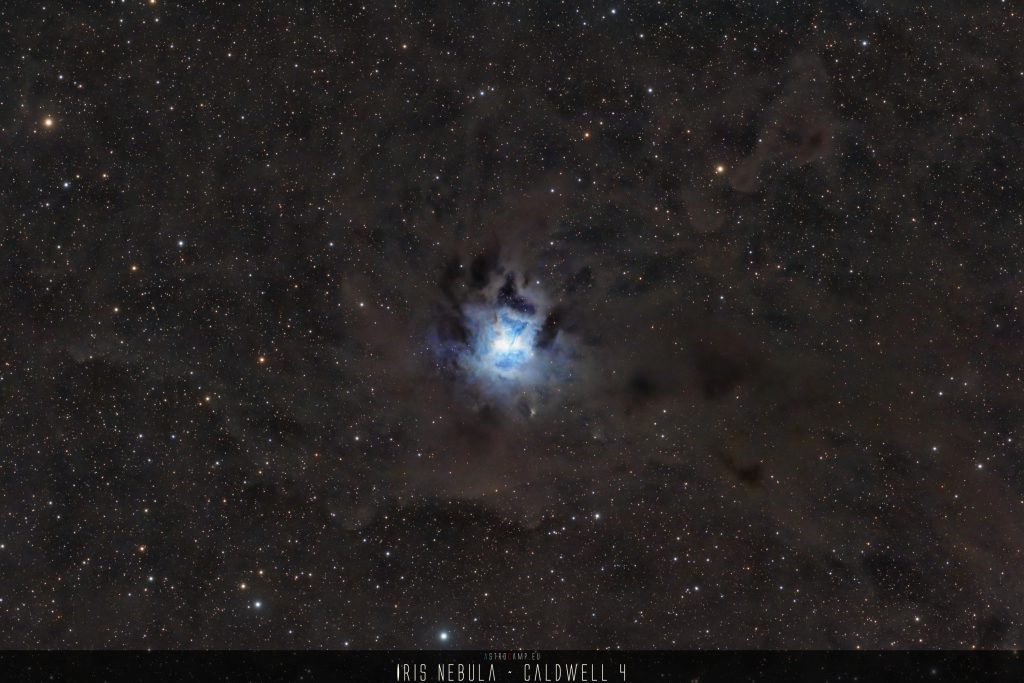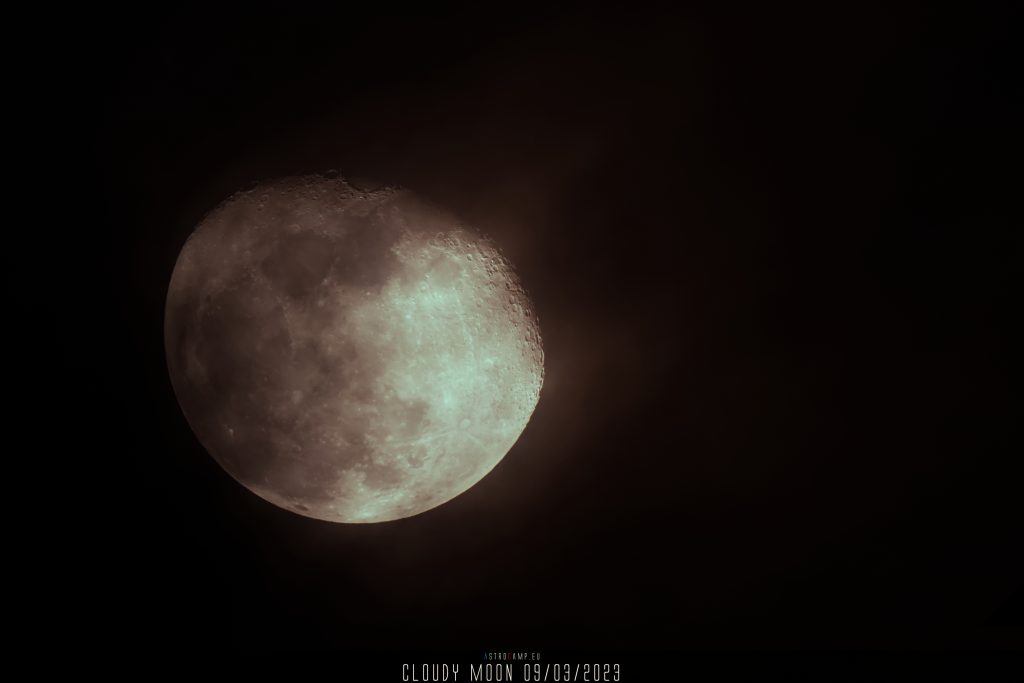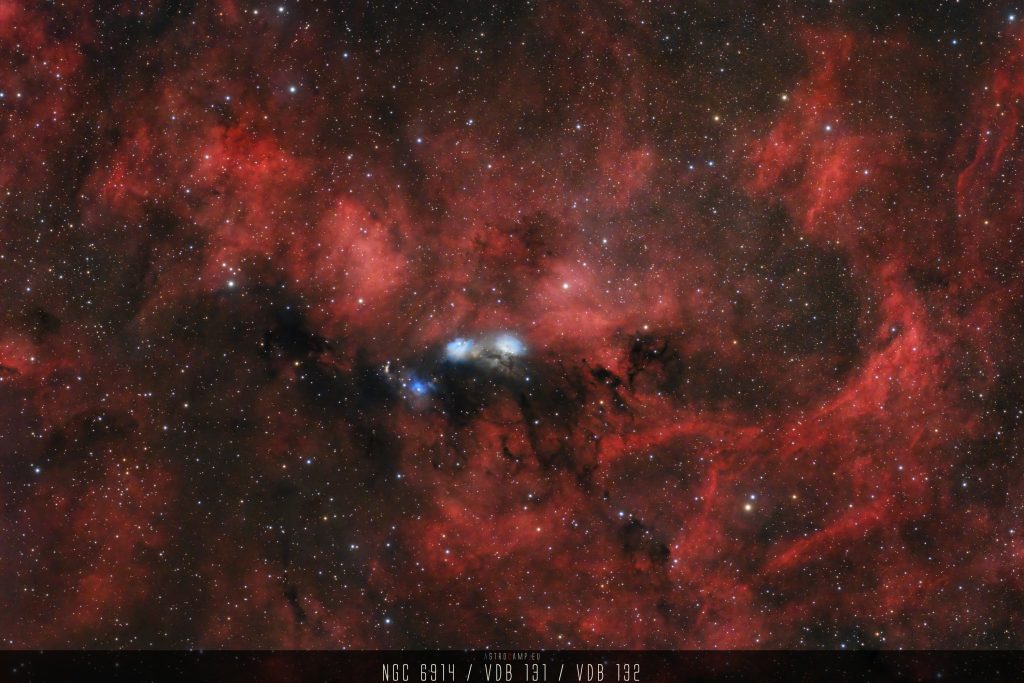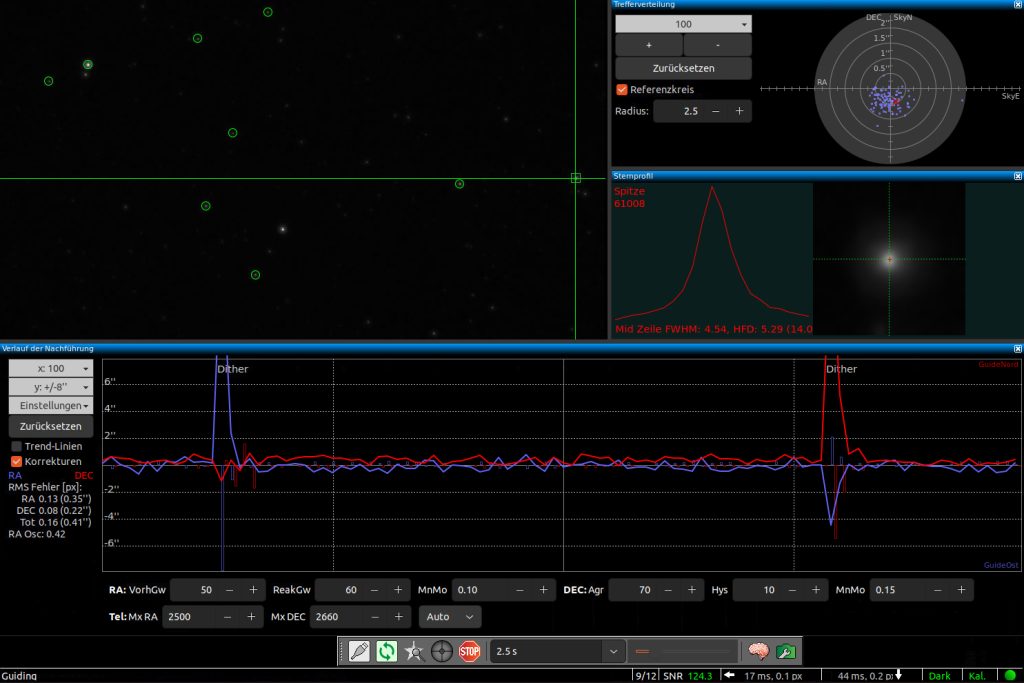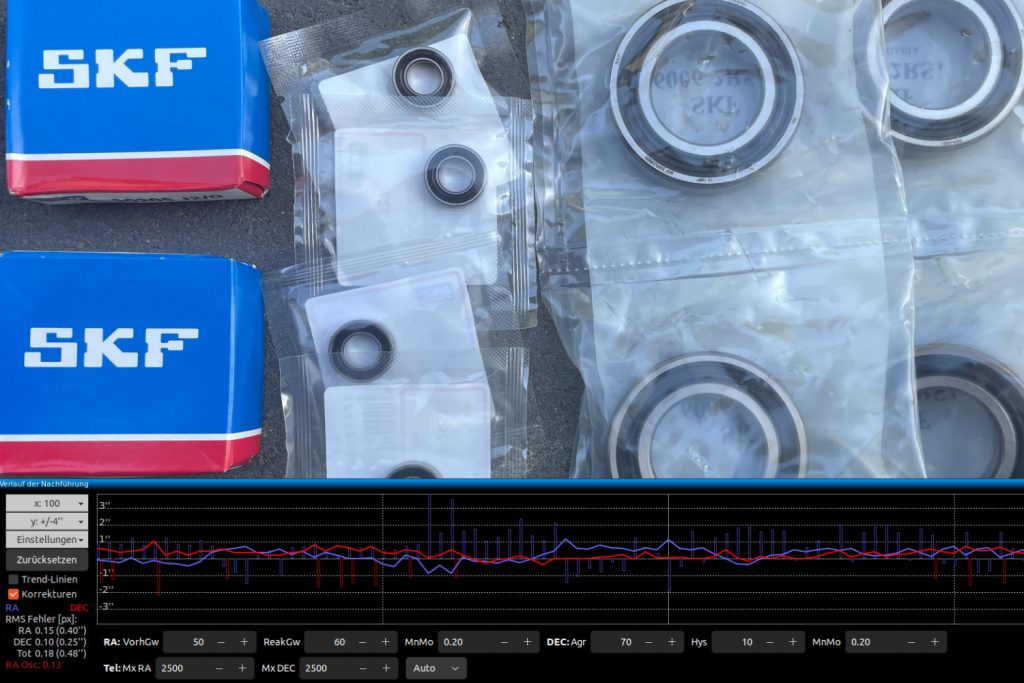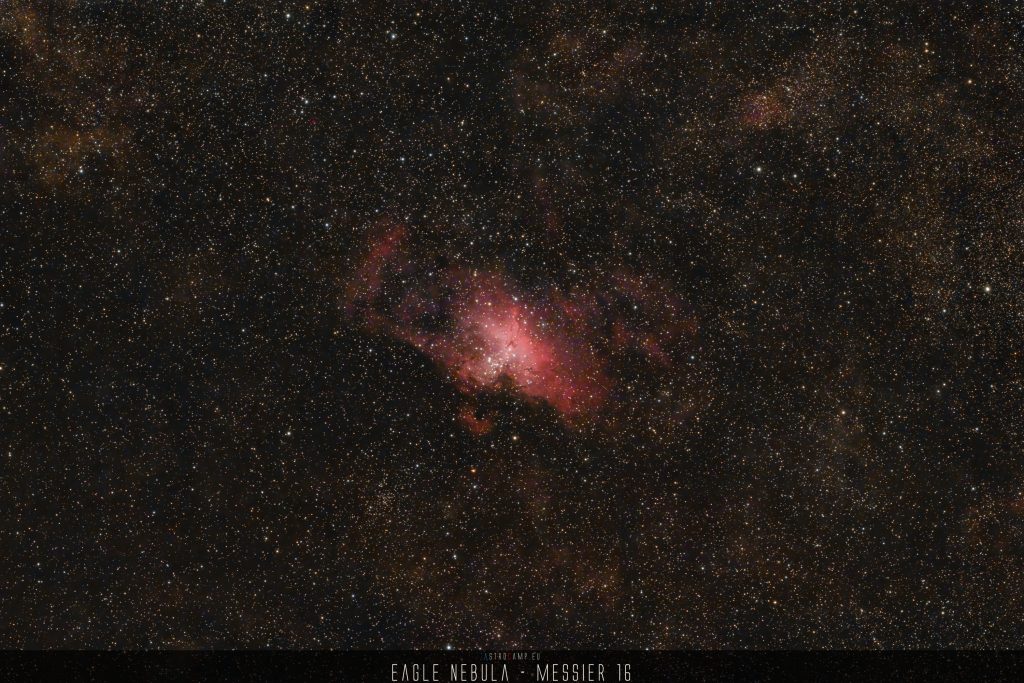The Eagle Nebula, or Messier 16, is an emission nebula located in the constellation Serpens. One of its most iconic features is the “Pillars of Creation,” towering columns of interstellar gas and dust where new stars are actively forming. The nebula is situated about 7,000 light-years away from Earth. The intricate interplay of gas, dust, and starlight in the Eagle Nebula creates a visually stunning celestial landscape.
Location and neighborhood.
The Eagle Nebula is located in the constellation Serpens, specifically within the Serpens Cauda (the Serpent’s Tail) sub-constellation. To observe the Eagle Nebula in the night sky, one would typically look toward the southern celestial hemisphere. The coordinates for the Eagle Nebula are approximately right ascension 18h 18m and declination -13° 47′.
M16 is situated in the Sagittarius Arm of our Milky Way galaxy, specifically in the constellation Serpens. This region of the galaxy is characterized by a rich concentration of stars, gas, and dust. Within this cosmic neighborhood, numerous star-forming regions and open clusters are scattered throughout the Sagittarius Arm, contributing to the dynamic and evolving nature of this spiral arm. The Eagle Nebula itself is part of a larger complex of interstellar matter and star-forming regions within our galaxy, reflecting the intricate tapestry of stellar birth and evolution in this section of the Milky Way.
Unique facts
- One of the most famous features of the Eagle Nebula is the “Pillars of Creation.” These are towering columns of interstellar gas and dust, illuminated by the light of nearby young stars. The iconic image captured by the Hubble Space Telescope in 1995 showcased these pillars and provided a glimpse into the ongoing process of star formation within them.
- The Eagle Nebula is located approximately 7,000 light-years away from Earth. Its considerable distance means that the light and images we observe today actually represent the state of the nebula as it existed thousands of years ago.
- Within the Eagle Nebula, intense regions of star formation are taking place. The pillars themselves are massive nurseries for the birth of new stars, as the gravitational forces within the pillars collapse regions of gas and dust to form protostars.
Brightness and size
Messier 16, the Eagle Nebula, has an apparent magnitude of approximately 6.0. This places it at the limit of naked-eye visibility under optimal dark-sky conditions. While it is observable without optical aid, using binoculars or a telescope enhances the view and reveals more details, especially the intricate structures within the nebula.
The Eagle Nebula is a vast region in space, spanning about 70 by 55 light-years. This measurement considers the extent of the gas and dust clouds that make up the nebula. The physical size provides a sense of the immense scale of this stellar nursery, where new stars are actively forming within the dense molecular clouds.
The angular size of Messier 16 in the night sky is about 7 by 5 arcminutes. This angular dimension is a measure of how much of the celestial sphere the nebula appears to cover when observed from Earth. The apparent size is relatively large compared to some other deep-sky objects, making it a prominent and captivating target for amateur astronomers and astrophotographers.

